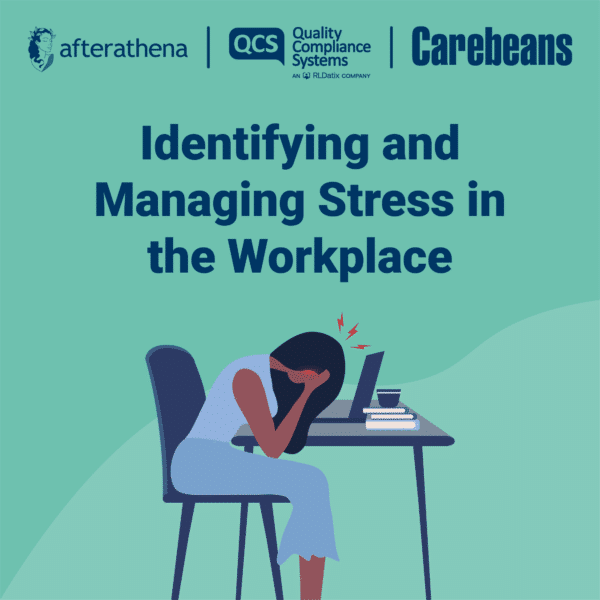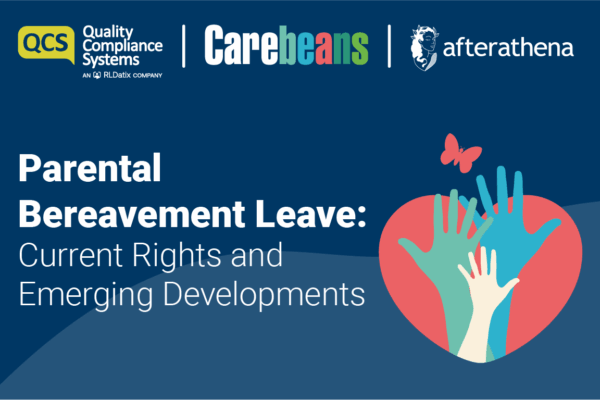April has arrived. The dark winter months are behind us, the days are longer, and the sun has started to shine through once again. The emotional burden of winter is alleviating. However, workplace stress remains a huge factor in the wellbeing of so many employees.
What is stress?
Stress, according to The Health and Safety Executive (HSE), is ‘the adverse reaction people have to excessive pressures or other types of demand placed on them.’
Workplace stress will be unique to each individual and could be caused by any number of factors including:
- Demands on time
- Lack of clarity about responsibilities
- Lack of control over workload
- Fear of redundancy
- Poor management
- Relationships with colleagues
- Workplace bullying, harassment or discrimination; and
- Out of work stressors such as financial worries, health issues, and personal responsibilities and relationships
Often recognisable as a combination of symptoms including feeling snowed under, poor concentration and mood swings, stress can also manifest physical symptoms like headaches, fatigue, or changes in appetite and sleep patterns.
Impact on work
The wellbeing of employees can cause significant impacts on businesses, as stressed employees are more prone to errors, missed deadlines, and reduced productivity. In addition, according to HSE’s Labour Force Survey 2023/24, 16.4 million working days were lost due to work-related stress, depression or anxiety. This presents a significant cost to business, potentially leading to a high turnover of staff and in serious cases, tribunal claims.
Under the Equality Act 2010, stress which has a substantial effect on the carrying out of the employees’ normal, day-to-day activities and lasts 12 months or more, could be classed as a disability. Employers are legally obliged to make reasonable adjustments which could include changes to job role, working environment, or flexibility as to location and hours of work.
What can businesses do to improve the wellbeing of their employees?
One of the best ways to deal with workplace stress is to proactively manage it. The Work Right Campaign suggests a framework to do this:
- Reach out and have conversations
- Recognise the signs and causes of stress
- Respond to any risks identified
- Reflect on actions agreed and taken
- Make it routine to check in on how people are feeling and coping
This framework will help contribute to an environment where employers are able to identify and manage employees’ stress and wellbeing more effectively.
Other responses include carrying out risk assessments, initiating wellbeing incentives or an Employee Assistance Programme, training wellbeing ambassadors and mental health first aiders, or putting measures in place to better allow employees to balance work and personal responsibilities.
If you have queries or questions in relation to the stress or disabilities at work, please do not hesitate to contact a member of the AfterAthena team (part of the Napthens Group) who are able to offer 30 minutes of free advice to QCS members.





